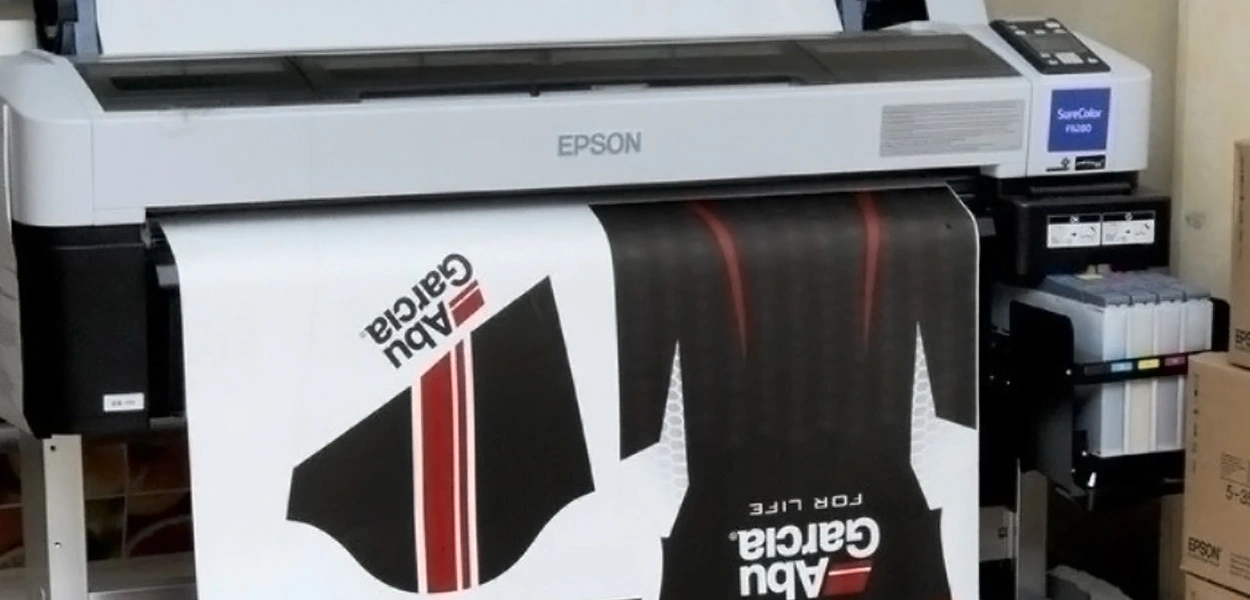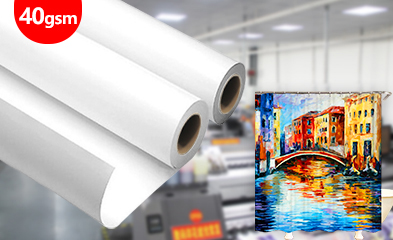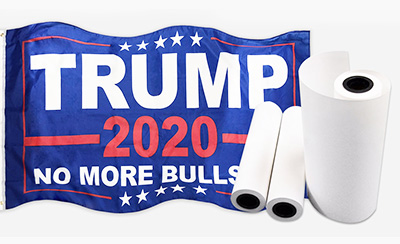HOT SALE
APPLICATION
Whatsapp:8618268932884 Email:helen.cf@changfatextile.com
Introduction to Sticky Sublimation Paper
Sticky sublimation paper is specifically developed for sublimation transfer printing on elastic fabrics. When transferring images through high-temperature heat, the sticky paper can bond with the fabric, avoiding errors such as “ghosting” that may occur due to slipping and misalignment between the paper and fabric during the heat transfer process.
Precautions for Using Adhesive Sublimation Paper
The adhesive force between fabric and adhesive paper is affected by the following factors:
a. The quality of adhesive sublimation paper
b. The type of fabric
c. The humidity of the environment
d. The intricacy of the pattern
e. The pressing temperature and time

Here are some key points to note:
Adhesive Grade of Sticky Sublimation Paper:
For customers with different fabrics and varying environmental humidity throughout the year, the requirements for the adhesive strength of sticky paper vary. Ordinary sticky sublimation paper can handle most environments. However, in relatively dry regions or during the fall and winter seasons, it may be necessary to replace the sublimation paper with a higher adhesive strength.
Fabric Type:
Fabric is a major factor affecting adhesive strength. The smoother the fabric, the lower the adhesive strength between the sublimation paper and the fabric. During the heat transfer process, the sticky paper is in a molten state when coating the adhesive. If the fabric is smooth, it will provide less adhesive strength for the adhesive. When dealing with smooth and elastic fabrics, it is recommended to choose high-adhesive paper.

Environmental Humidity:
The adhesive strength of sticky sublimation paper is related to the moisture during the transfer process. The higher the humidity, the stronger the adhesive strength. Some customers have found that the adhesive strength of sticky paper is excellent in spring and summer, but it sometimes becomes insufficient in fall and winter. This is mainly due to the low moisture level of the paper and fabric during the transfer process. In such cases, you can try placing the fabric in a high-humidity environment to absorb moisture before transfer. Additionally, for the printing of sticky paper, it is important to control the degree of the drying process to prevent the transfer paper from becoming overly dry.











